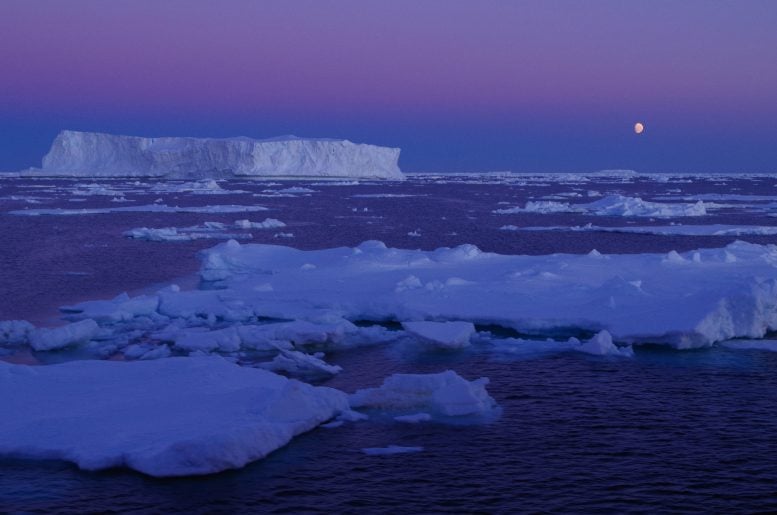

Recent research highlights that the deep ocean’s heat storage efficiency during the last deglaciation was much higher than today, largely due to warming at intermediate depths. This contrasts with modern patterns, where most warming occurs near the surface.
As a major heat reservoir within the climate system, the global ocean absorbs over 90% of the excess energy from human-induced warming. Over the past century, the most significant ocean warming has taken place in the upper 500 meters, while the deep ocean has experienced comparatively less warming, resulting in a low heat storage efficiency of approximately 0.1.
Paleoceanographic observations, however, suggest that on long-time scales, the deep ocean warming can be comparable to or larger than the surface ocean warming, with ocean heat storage efficiency during the last deglaciation about ten times of its modern value. This raises the following question: what mechanisms are responsible for ocean heat uptake/storage and how large can its efficiency be?
New Study on Deglacial Ocean Warming
Recently published in Science Advances, a joint study by an international team of scientists from China and USA has shed light on this issue. By combining state-of-the-art deglacial simulations and proxy-based reconstructions, they resolved the three-dimensional deglacial ocean temperature change and found that the deglacial ocean heat storage efficiency is substantially enhanced to ≥1 by strong warming in intermediate-depth waters in response to deglacial forcing.
“Our simulations and proxy reconstructions demonstrate that the three-dimensional ocean warming during the last deglaciation was strongly nonuniform with strongest warming occurring at intermediate depths, in striking contrast to contemporary observations,” said Dr. Chenyu Zhu from Institute of Atmospheric Sciences at the Chinese Academy of Sciences, the study’s co-first author.
Mechanisms Behind Intermediate Depth Warming
Utilizing sensitivity experiments, the study revealed that the large warming of intermediate waters can be related to surface warming at mid-to-subpolar latitudes through ventilation in response to greenhouse gases and ice sheet forcing and substantially enhanced by oceanic circulation change associated with meltwater forcing. “The unique ocean warming structure facilitates a large ocean heat storage efficiency. In particular, this resolves the paradox suggested by the conventional view that warming occurred at sites of deep-water formation that remained covered by sea ice”, said Prof. Zhengyu Liu, one of the corresponding authors of the study from The Ohio State University.
“These results have valuable implications. For example, if strong surface warming and strong ventilation are collocated like in our simulations, then the ocean will absorb more heat from the atmosphere, potentially slowing the rate of atmospheric warming” said Prof. Peter U. Clark, another corresponding author of the study from Oregon State University.
The study underscores the important role of surface warming patterns and oceanic circulation change in long-term ocean heat storage change and suggests that “the ocean can serve as a far greater reservoir of energy in the climate system than implied by contemporary observations,” according to the study.
Reference: “Enhanced ocean heat storage efficiency during the last deglaciation” by Chenyu Zhu, Saray Sanchez, Zhengyu Liu, Peter U. Clark, Chengfei He, Lingfeng Wan, Jiuyou Lu, Chenguang Zhu, Lingwei Li, Shaoqing Zhang and Lijing Cheng, 20 September 2024, Science Advances.
DOI: 10.1126/sciadv.adp5156